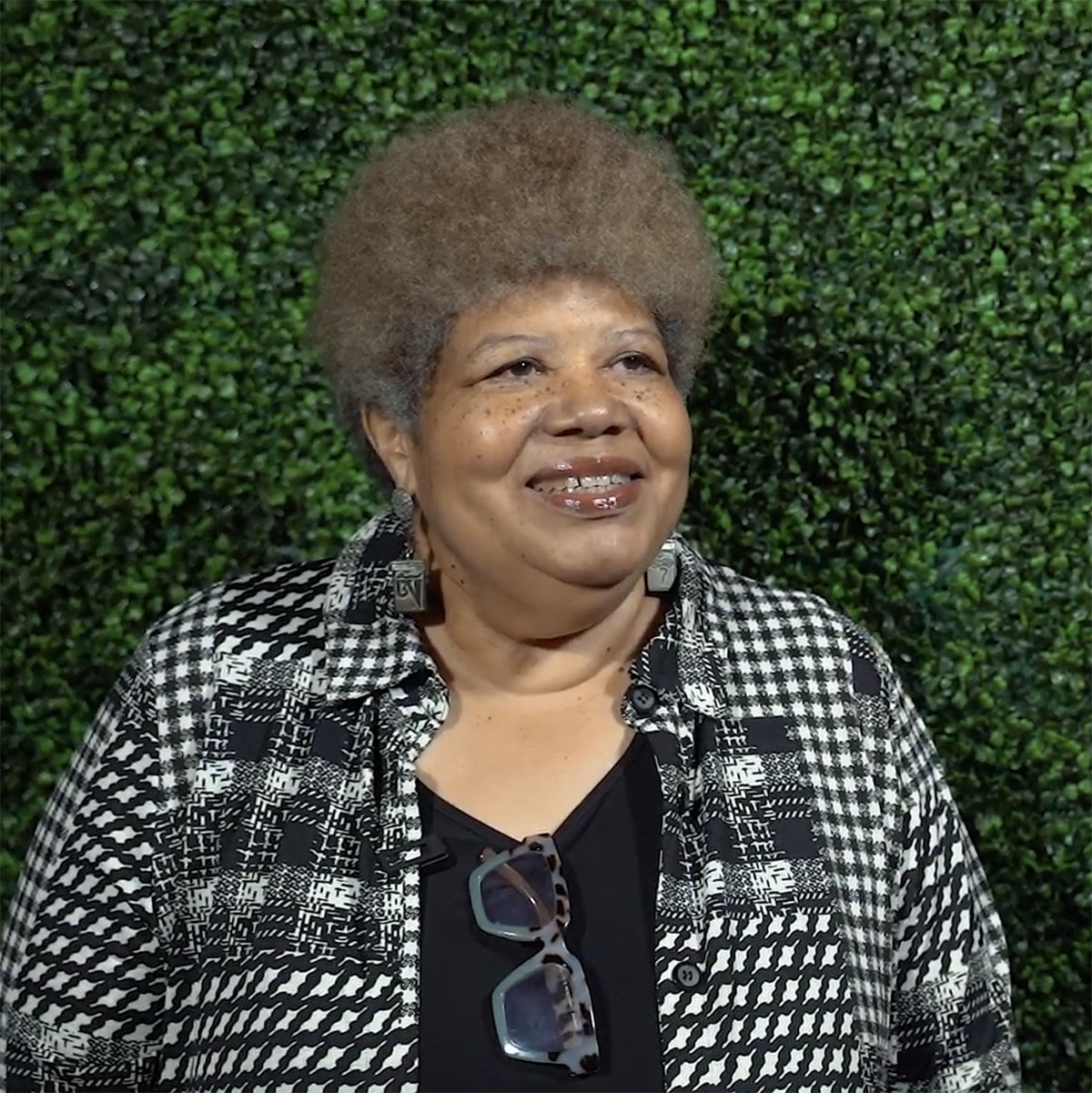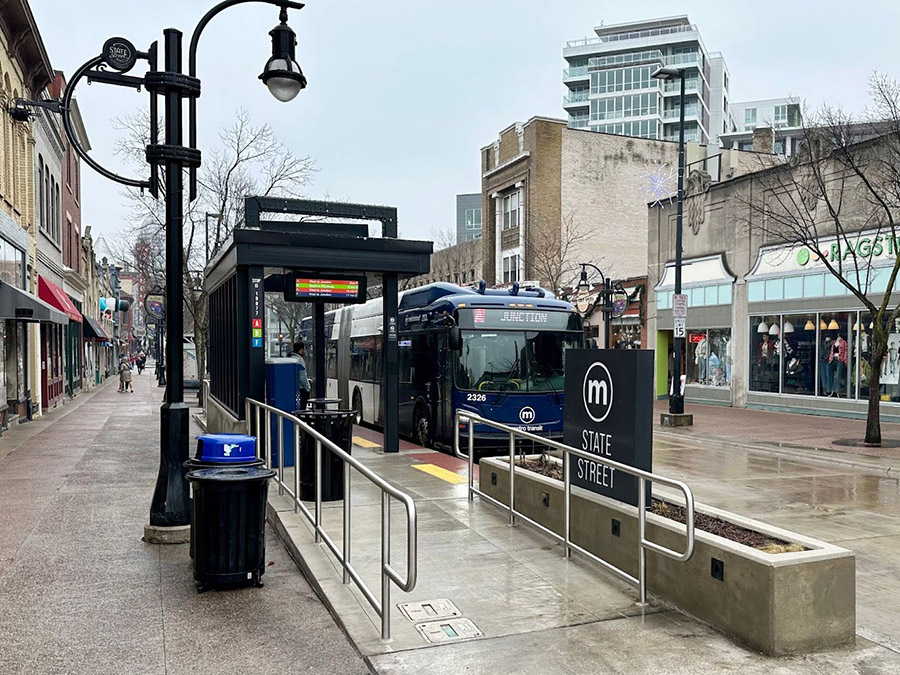Frustrated motorists and transit commuters are among the many who should take a look at the transportation plan unveiled in July by Cook County President Toni Preckwinkle. The Connecting Cook County 2040 Long-Range Transportation Plan offers a five-point framework to build on what we have and serve growing demand in the future.
Shaped by 42 experts, the plan is bold and forward looking. It prioritizes transit, bikes, and pedestrians, recognizing that younger people and our growing senior population are demanding mobility that doesn't depend on cars. It calls for substantial new investment in transportation, and new funding sources. Other priorities are to maintain and modernize what already exists, and to eliminate "transit deserts" that disconnect residents from economic opportunity. Finally, the plan calls for continued investment in one of the region's most powerful economic assets: our role as hub of North America's freight network.
Connecting Cook County is a solid plan, but where do we start? What are the most productive ways to speed up 19 million people-trips and 500 freight trains per day? Where is the need greatest, and the payback most beneficial?
Here are five places to begin:
- Build better connections. Chicago's hub-and-spoke transit network remains vitally important to the central city, but it's simply not enough. As outlined in a separate campaign called Transit Future, a web of connectors is needed to get the most out of existing infrastructure. Extending the Brown Line to the Blue Line, for instance, would allow far better access to O'Hare Airport. The so-called Lime Line would provide rapid north-south service near Cicero Avenue, connecting West Siders to thousands of city and suburban jobs.
- Take advantage of freight movements. The 35,000 shipping containers moved here each day represent a huge opportunity for economic development around intermodal (truck-to-rail) depots in the city and southern Cook County. Owned by five Class 1 railroads, these yards are adjacent to underutilized industrial areas, and they're close to neighborhoods whose residents have the skills needed for manufacturing and warehouse jobs.
- Modernize Metra and CTA. Much of our rail infrastructure is decades out of date. Metra needs to replace train yards, signals, and mechanical switches to provide reliable and frequent service, especially in winter. The CTA's complete rebuild of the Red Line Dan Ryan branch was a good start, but much more is needed, including the planned Red and Purple Modernization Program and reconstruction of the Blue Line Forest Park Branch.
- Look south. One geographic area stands out for its economic need and inadequate service, but three existing proposals can address that. The CTA's Red Line Extension would finally connect Roseland and 130th Street to the rest of the city. Conversion of the Metra Electric to all-day rapid transit would transform the economic life of dozens of communities in city and suburbs – and serve the Obama Library in Jackson Park. And the proposed Metra Southeast Service would link downtown to 11 southland communities including Dolton, South Holland, and Chicago Heights.
- Address the "last mile." No transit can provide door-to-door service, but employer-sponsored shuttles and Transportation Management Associations can economically connect commuters to employment centers. It's a key strategy to improve job access and expand transit ridership.
Cook County has dedicated $65 million per year to begin implementation of the plan, but it's a multi-billion-dollar task. Hundreds of decisions lie ahead, along with tough discussions about investment choices, funding, and regional goals. Let's get to work.
Jacky Grimshaw served on the Advisory Committee for the Connecting Cook County plan. She is vice president for policy at the Center for Neighborhood Technology and a former board member of the Chicago Transit Authority.





 Strengthening Transit Through Community Partnerships
Strengthening Transit Through Community Partnerships